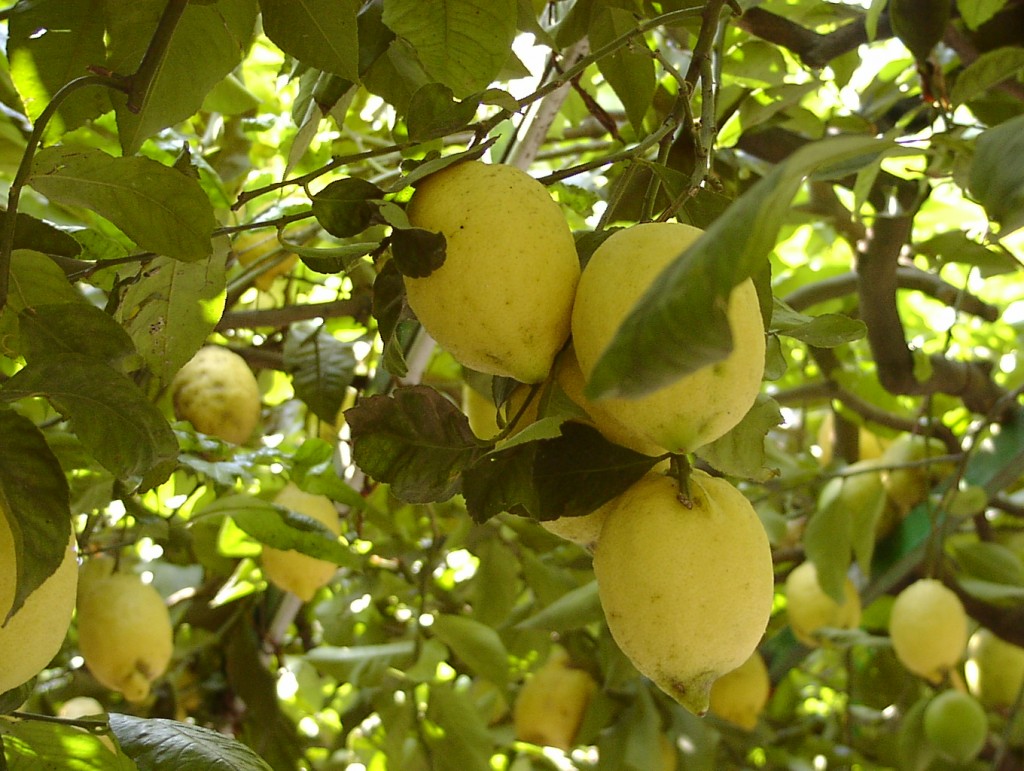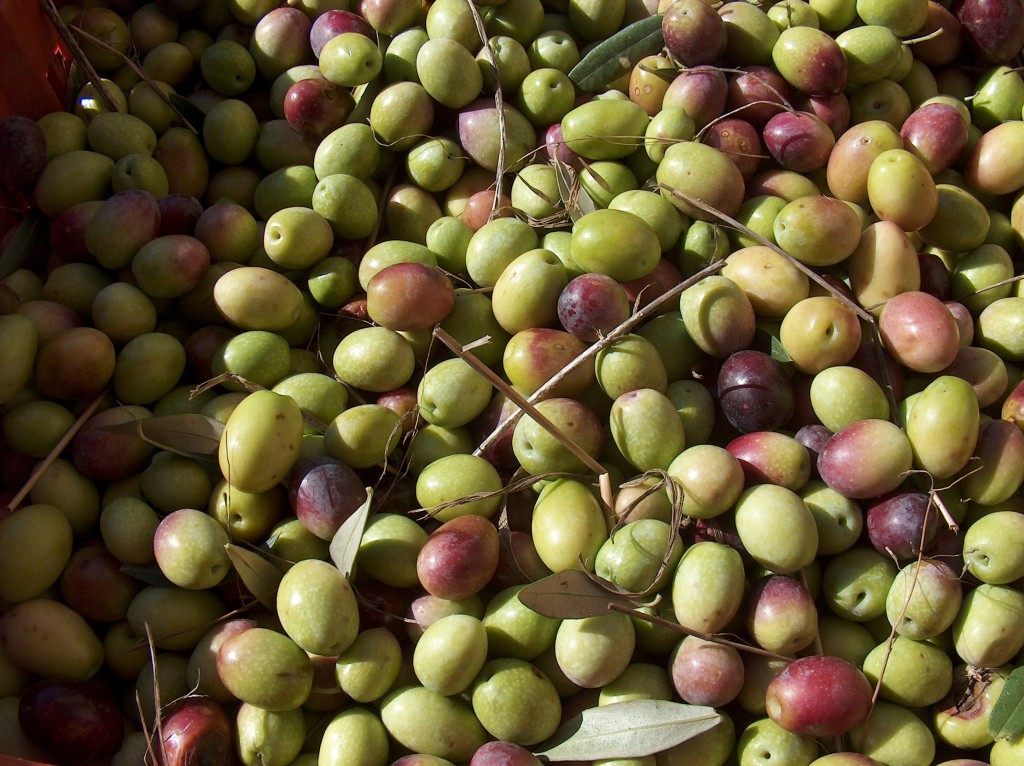The “Riviera dei Limoni” is the name given to the west coast of the lake, including countrysides from Salò to Limone sul Garda. The tradition of the lemon goes back to the thirteenth century, when the first lemons were imported from the Ligurian Riviera by the monks of the monastery of San Francesco di Gargnano and since then has become an entrenched culture of Garda, carried out with skill and passion.
Lemon nurseries, architectural structures designed to protect the plantations during harsh winters, have become key feature throughout the west coast of Garda Lake.
A good example is Tignale where it was opened an eco-museum “Al Pra de la fam”, also called “Old Garden” that shows visitors one of the oldest lemon nursery of Garda Lake.
Located by the lake, inside the greenhouse it hosts numerous trails and an observatory that allows the visitors to this facility in which dwell collections citrus arranged according to the traditional planting system and supported by the historic wooden frame.
Another prominent example is in Limone del Garda, where the limonaia called “Castel” covers an area of over 1.600 square meters and its original structure, which today unfortunately remains only a part, dates back to 1700. At the center of the garden is located a “Casel”, was formerly used as a point of connection between the different levels on which we developed the limonaia and today equipped with educational museum. The limonaia is kept active and produces various citrus species including, in addition to lemons, there are cedar, sweet and bitter orange, bergamot, grapefruit and tangerines.
The “Riviera dei Limoni” encloses places of extraordinary beauty and cultural uniqueness and territorial; It offers a Mediterranean-type vegetation is that mountain and it is certainly one of the most characteristic elements of Lake Garda.



